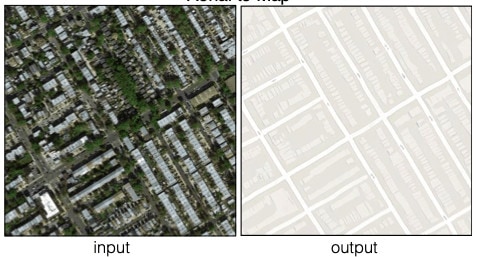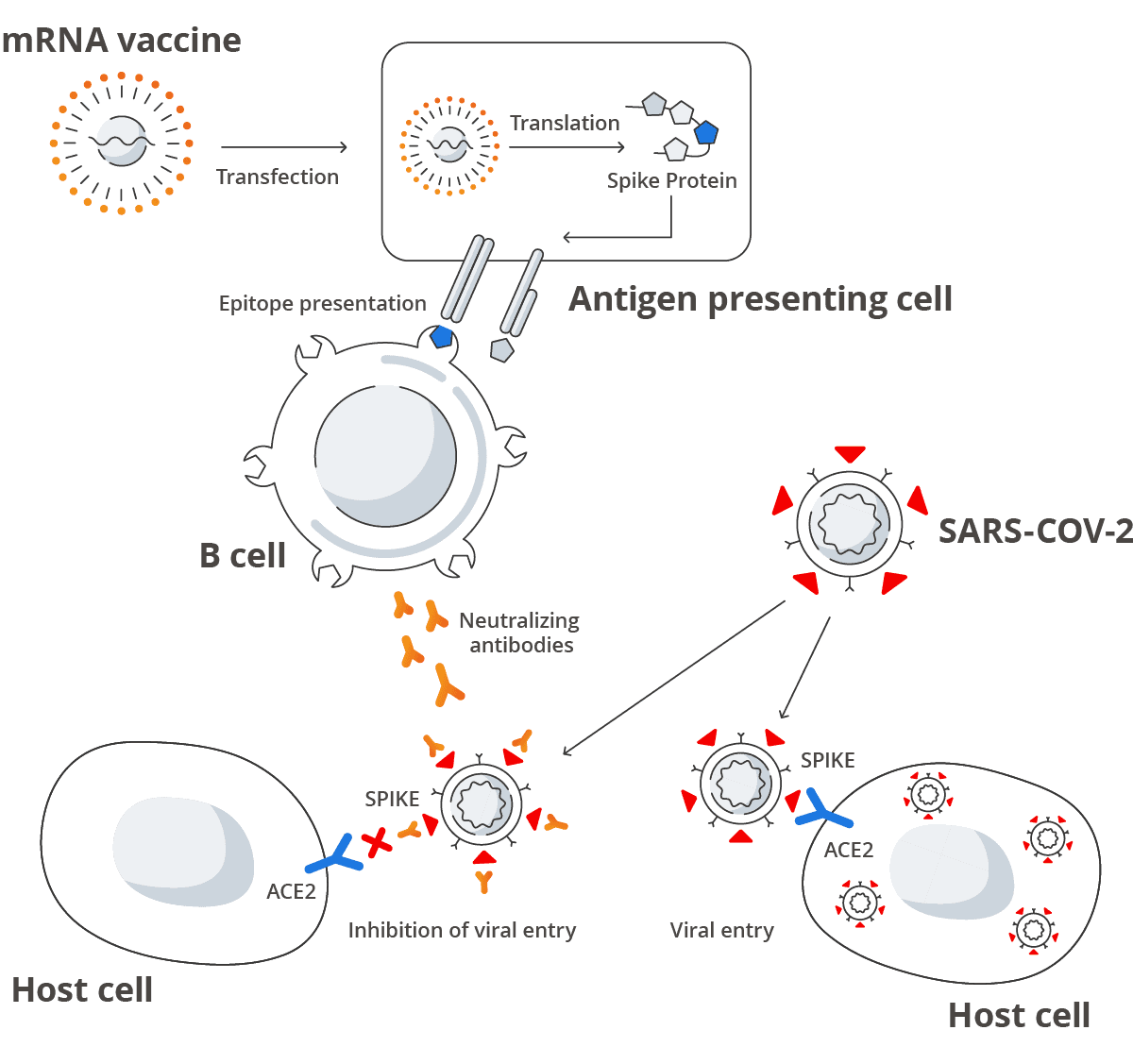
Tech summary 2021
Before you can even begin to think about where to invest your money in 2022, you need to know about the top trends in technology from 2021. We’ve prepared a short crib sheet just for you, so that you don’t have to conduct all this research on your own.
Take a look at these 10 game-changing innovations in technology that will likely have a huge impact on future businesses.
Internet of Behaviours (IoB)
The Internet of Behaviours is a natural extension of the Internet of Things, which is a network of interconnected devices designed to gather and share relevant data over the Internet. The difference is that IoB refers to the specific pieces of data gathered by IoT, which captures important information on customer behaviour, preferences, interests, likes and dislikes. This is invaluable in terms of creating personalised client experiences, keeping users satisfied, or enabling lightning-fast reactions, etc. In the medical field, IoB can even be used to assess a patient’s condition and make accurate health predictions.
Cybersecurity mesh
Have you ever heard of a zero-trust security strategy? This is a concept whereby any attempt to access data is defined, by default, as unreliable – and no device is trusted to connect to the network (unless they can be verified). The cybersecurity mesh is key in this philosophy and its infrastructure consists of many small secure perimeters around each device and access point, which replaces one big perimeter that was positioned around an entire network. As a result, all data and systems are secure, no matter where they are located.
Generative AI
Generative AI sounds like every creator’s (or artist’s) nightmare. This is a type of artificial intelligence designed to take existing images, texts, videos or audio files for the purpose of creating totally new and valuable content, particularly content that is impossible to distinguish from something that was created by humans. Generative AI is now mostly used to convert satellite images to views in Google Maps, to colour old black and white photographs, to lip-sync in deep fake technology, to generate realistic-looking photos, or to upgrade movies to 4K and beyond.
Generative Pre-trained Transformer 3 (GPT-3)
GPT-3 is one of the most significant offshoots of generative AI, built by San Francisco-based research laboratory OpenAI. This is an autoregressive language model trained to write articles, emails and lines of code in a number of programming languages, or even compose poetry. GPT-3 is capable of functioning as a journalist, marketing specialist, copywriter, Java developer, or a poet! All in one. The quality of the generated text exceeds expectations and looks very promising for the future.
Quantum computing
Quantum computing refers to the quantum mechanics used to solve complex problems – like integer factorisation – which are too complicated for even the most powerful supercomputers. In order to perform calculations, quantum computers harness superposition, entanglement and interference. This is useful in, for example, traffic optimisation, weather forecasting, drug development or financial modelling.
mRNA vaccines
Messenger RNA vaccines are probably the most controversial technology of both 2020 and 2021.
Scientists have been working on this technology for decades, but the COVID-19 pandemic has significantly accelerated the process. However, there’s still a lot of room for improvement, and mRNA vaccines are likely to continue to be further developed for many years to come.
Hyperautomation
If you take robotic process automation (RPA) and enrich it with the power of artificial intelligence (AI) and machine learning (ML), you unlock the technology of hyperautomation. This technology enables the automation of any business processes (even undocumented) and repetitive tasks (even when relying on unstructured data). In effect, hyperautomation accelerates various aspects of your work, increases working efficiency, supports security and compliance, and makes it easier to scale your business.
DevSecOps
DevOps teams are no longer only about development and operations. These days, the full life cycle of any application must involve IT security as well. And this is how DevSecOps was born. This is a new concept that seems to be here to stay in corporate digital transformation strategies, placing an emphasis on the automation of security, as well as the continuous integration/continuous delivery process.
XaaS
Anything as a Service – or XaaS – means that everything can be a service now. Companies that leverage the Cloud XaaS model use online platforms (to make their products available for users 24/7) and cloud computing (to deliver many complex services to millions of users worldwide – typically through a web browser). Nothing is stored or managed on-site, so it’s both cost-effective and secure.
Composable applications
The next generation of applications are made of interchangeable and autonomous blocks. Modular models like this enable more agile, flexible and rapid development, as well as solutions that are easier to design. Plus, the modules are reusable, so building multiple applications becomes easier and faster. Scaling up and down, customising entire systems, and adapting to changing business needs and rapid shifts in external environments won’t be as troublesome as they once were under traditional architecture.
This is 2021 in a nutshell… to be continued in 2022. If you’re wondering where to invest or how to develop your current business –take a closer look at these trends to find some inspiration and start building your new strategy.







